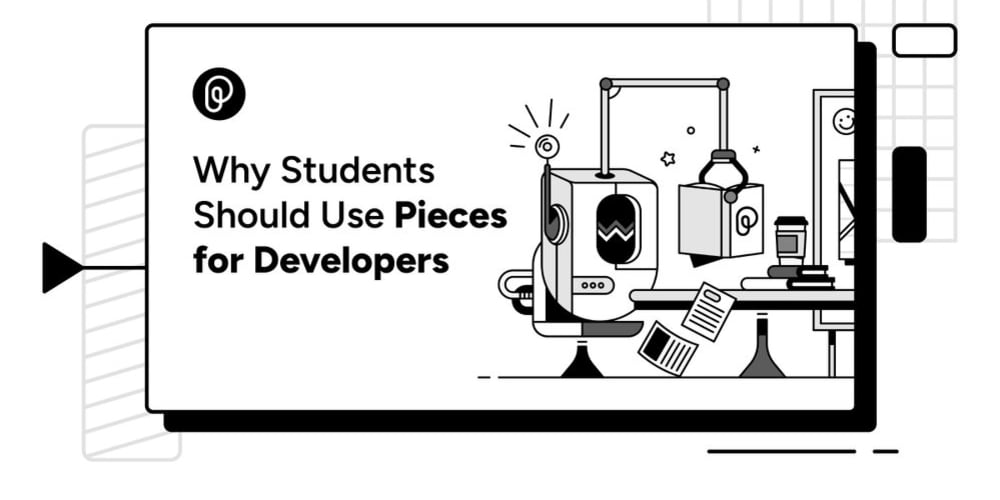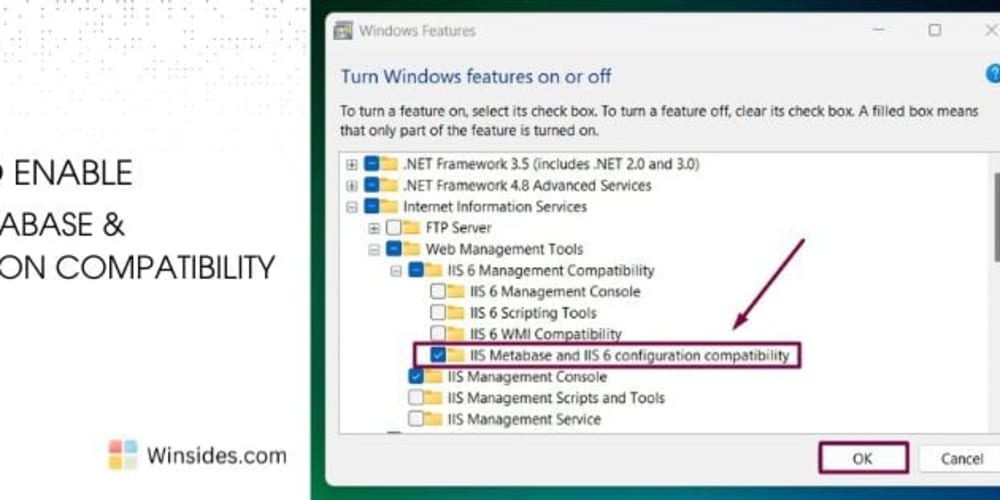As a high-level, versatile and popular programming language, Python is used by millions of developers worldwide. Its simple syntax and powerful features make it a popular choice for beginners and experienced professionals alike. However, writing clean, maintainable and efficient code in Python requires following certain guidelines and best practices. In this article, we will discuss the top 10 Python coding guidelines that every developer must follow.
1) Follow PEP 8 Style Guide:
PEP 8 (Python Enhancement Proposal) is the official style guide for Python programming. It was created to define a set of standards for writing clean, readable and consistent code in Python. By following the PEP 8 style guide, your code will be easily understandable by other developers and avoid common mistakes and inconsistencies. Some key elements of the PEP 8 style guide include using proper indentation, keeping line length under 79 characters, and using meaningful variable names and proper naming conventions.
Example:
# Code should be properly indented with 4 spaces
def calculate_average(nums):
total = 0
for num in nums:
total += num
average = total / len(nums)
return average
2) Use the Latest Python Version:
Python is continuously evolving, with new releases introduced every year. These releases bring performance enhancements, security fixes and new features. It is important to always use the latest stable version of Python (currently Python 3) whenever possible. This ensures that your code follows the best practices of the language and can take advantage of the latest libraries and features.
Example:
# Using f-strings to format strings, available in Python 3.6+
name = "John"
age = 30
print(f"My name is {name} and I am {age} years old.")
3) Comment Your Code:
Comments are important in any programming language, especially in Python. They are short pieces of text that explain and clarify your code, making it more readable and understandable for both yourself and other developers. As a general rule, you should comment your code when using complex algorithms or data structures, providing context for a piece of code, or using a workaround for a specific issue.
Example:
# This function calculates the area of a circle
def calculate_area(radius):
pi = 3.14 # approximation of pi
area = pi * (radius ** 2)
return area
4) Use a Linter:
A linter is a tool that analyzes your code for errors and potential bugs, as well as identifying and fixing style inconsistencies. Using a linter in your Python projects can save you a lot of time and effort in debugging and refactoring. Popular Python linters include Pylint, Flake8, and Pyflakes.
Example:
# Example using Pylint
def calculate_product(num1, num2):
# Missing docstring for function
product = num1 * num2
return product
6) Fix Issues as Soon as You Find Them:
It is easy to overlook small mistakes or ignore warnings and errors in your code, especially if they are not causing immediate problems. However, these small issues can quickly become bigger problems if not addressed in a timely manner. It is important to fix any issues in your code as soon as you spot them, to maintain clean and maintainable code.
Example:
# Correcting an indentation error
def calculate_average(nums):
total = 0
for num in nums:
total += num
average = total / len(nums)
return average
7) Use Proper Code Layout:
The layout of your code includes indentation, line length, line breaks and blank lines, imports, and dunder names. These guidelines focus on making your code organized and easy to understand. For example, follow a specific order while importing libraries - standard libraries first, then third-party libraries, and your local libraries. Use two blank lines to separate classes and top-level functions, and a single blank line between methods inside a class.
Example:
# Properly organizing imports
# Standard libraries first
import string
import math
# Third party libraries
import pandas
import requests
# Local libraries
from custom_library import calculate_area
8) Use Whitespaces, Trailing Commas, and String Quotes Appropriately:
Avoid using unnecessary whitespaces in your code. Use a single whitespace around both sides of an operator and after a comma, but not inside parenthesis. Use both single and double quotes in your code to avoid syntax errors and extra backslashes.
Example:
# Using proper spacing and commas
numbers = [2, 4, 6, 8]
for num in numbers:
print(num) # output: 2, 4, 6, 8
9) Properly Document Your Methods:
It is essential to properly document every method in your code, with specifications for parameters, return type, and data types. Avoid using multiple returns from a function, and prefer a single generic return when possible. This will help improve the readability and understandability of your code.
Example:
# Documenting a function
def calculate_average(nums):
"""
Calculates the average of a list of numbers.
params:
nums (list): List of numbers.
average (float): Average of the numbers.
"""
total = 0
for num in nums:
total += num
average = total / len(nums)
return average
10) Exception Handling for Critical Situations:
Always handle exceptions for any critical code. Use a try-except-finally block to handle errors effectively. The 'finally' block will ensure that the file is closed, even if an exception is raised.
Example:
# Handling a file not found error
try:
file = open('filename.txt')
file.write('Hello World')
except FileNotFoundError:
print('File not found.')
Additionaly, Rely on Built-In Functions and Libraries:
Python has a vast standard library with many built-in functions and modules for common tasks. Instead of writing your own functions, it is recommended to rely on these built-in functions whenever possible. There are also many third-party libraries and frameworks available for Python that can extend its functionality and help you build complex applications more efficiently.
In conclusion, following these top 10 Python coding guidelines will help you write organized, readable, and maintainable code. These guidelines will also make it easier for other developers to understand and work with your code, leading to efficient teamwork and higher-quality code. Adhering to these guidelines will not only improve the quality of your code but also enhance your overall development skills.
Improve your skills in Python coding by enrolling in Python Certifications and preparing for exams with MyExamCloud's Python Certification Practice Tests Study Plans.



















